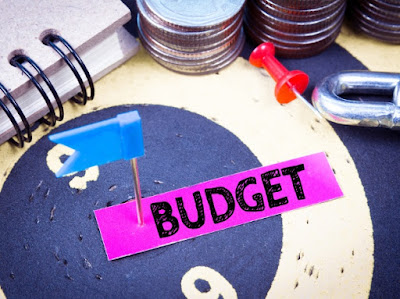Allocation under MNREGA increased to 48,000 cr from Rs 38,500 cr; highest ever allocation
Here are the highlights of Jaitley's budget for the 2017/18 fiscal year that begins on April 1.
FISCAL DEFICIT
* The 2017/18 budget seeks to pursue prudent fiscal management to preserve financial stability.
*Fiscal deficit at 3.4%
*Revenue deficit stands reduced to 2.1% in Fy18
GROWTH
* Jaitley says India seen as an engine of global growth
DEMONETISATION
* Demonetisation "a bold and decisive measure", will make GDP bigger and lead to higher tax revenues - finance minister
* Hit to economy from government decision to outlaw high-denomination notes will be "transient", effects of demonetisation not expected to spill over to next year
* Pace of remonetisation has picked up and will soon reach comfortable levels
* Surplus money in the banking system will lower borrowing costs, increase credit flow
INFLATION
*Consumer price index inflation is expected to remain within the central bank's mandated range of 2 to 6%
SPENDING
* India to spend more in rural areas, infrastructure and poverty alleviation
* The government will continue process of economic reforms for the benefit of poor
* Allocation under MNREGA increased to Rs 48,000 cr from Rs 38,500 cr; highest ever allocation
*Dedicated micro-irrigation fund will b set up by NABARD to achieve goal of 'Per Drop More Crop'.Initial corpus will be Rs 5,000 crore
*Mission Antyodaya to bring 1 crore households out of poverty and to make 50,000 Gram Panchayats poverty-free: FM Jaitley
*Propose to double the lending target of Pradhan Matri Mudra Yojana and set it up at Rs 2.44 lakh crore for 2017-18: FM Arun Jaitley. Read more

















